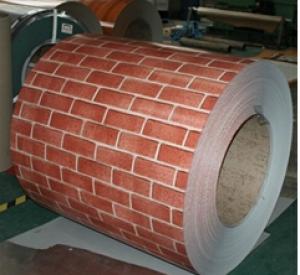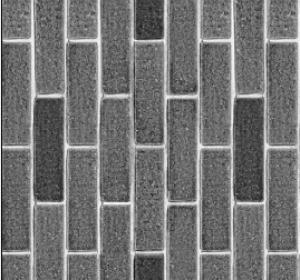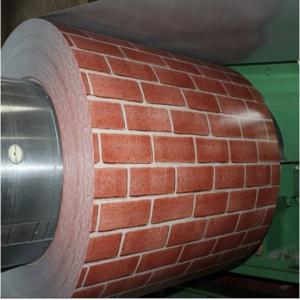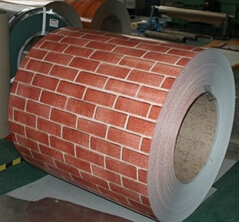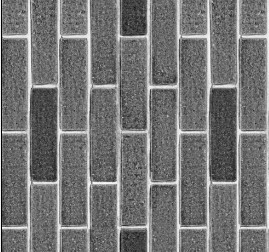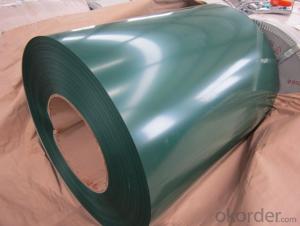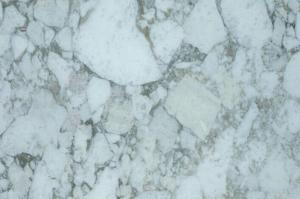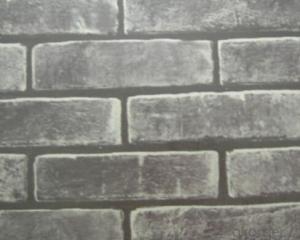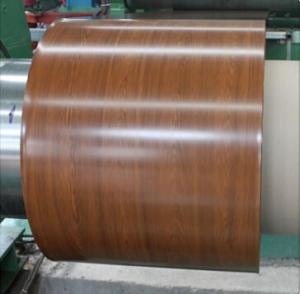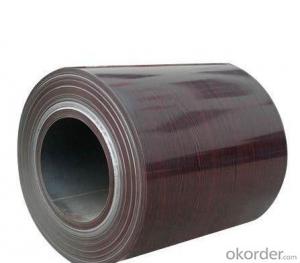PRINGTING STEEL---brick pattern
- Loading Port:
- China Main Port
- Payment Terms:
- TT OR LC
- Min Order Qty:
- -
- Supply Capability:
- -
OKorder Service Pledge
OKorder Financial Service
You Might Also Like
Pattern Printed Coil Steel
Product Description :
Raw material | SGCC, SPCC, DC51D, SGHC,A653 |
Certificate | ISO9001.ISO14001.OHSAS18001 |
Thickness | 0.16mm-0.7mm |
Width | 1250mm or under |
Tolerance | thickness+/-0.01mm |
Surface treatment | galvanized / galvalumized steel sheets |
T Bending (top-coating) T Bending (back-coating) | ≤3T ≤4T |
Anti-MEK Wiping | ≥100times |
Zinc coating | 40-180g |
Type of coating structure | 2/1 or 2/2 coating, or customized |
Standard | GB/T12754-2006, GB/T9761-1988, GB/T9754-1988, GB/T6739-1996, HG/T3830-2006, HG/T3830-2006, GB/T1732-93, GB/T9286-1998, GB/T1771-1991, GB/T14522-93 |
Color | customized |
Application | Building industry ,structural use, roofing, commercial use ,household appliance,industry facilities,office buildings |
- Q: What is a steel coil?
- A steel coil is a coiled sheet of steel that is typically used in various industries for manufacturing purposes. It is a continuous length of steel that has been wound into a coil shape, making it easier to transport and store. Steel coils are commonly used in the automotive, construction, and appliance industries, among others, for applications such as making metal parts, forming structures, and producing steel components.
- Q: also what are the factors of location of these steel plants
- A lot of iron ore is available in the upper great lakes region. Iron ore needs to be transported on large freighters, and the Great lakes served a purpose for that transit system as well. I cant say much about Birmingham, but as for Detroit and Pittsburgh, the steel forming industry has been greatly affected by the low cost Asian imports now available. I think what happened was this: The US used to subsidize the US steel industry, this kept prices artificially high ( compared to the world market ), but also kept the plants open. Sometime during the present Bush administration, the US stopped subsidizing the steel industry, and the Asian steel manufacturers started dumping steel here in the US at very low prices, this caused the US company's to stop or greatly lower their production, and many US steel plants went out of business. Now with the US steel companies out of the way, the Asian steel companies have steadily raised their prices on the US steel buyer. Hows that for fair trade, the steel industry isn't the only thing this has happened to either. I know this was a bit of a rant, but I wanted to point out how a once proud steel industry was put to death by politics.
- Q: How are steel coils different from steel sheets?
- Steel coils and steel sheets are both made from the same material, which is steel. However, they differ in terms of their shape and size. Steel coils are long, continuous rolls of steel, usually wound up in a coil form, while steel sheets are flat, rectangular pieces of steel. The main difference lies in their applications - steel coils are commonly used in industries where large quantities of steel are required for manufacturing processes, such as automotive or construction, whereas steel sheets are often used for smaller-scale projects or as a raw material for further processing.
- Q: full discription about hydrolics used in steel melting shop with hyd valve is use in thair circit too ?
- The correct spelling is hydraulics. I haven't heard the term steel melting shop you probably means a foundry or a steel mill The most obvious example i can think of is hydraulic-operated fork lifts. Hydraulic cylinders are used to lift the forks and to tilt them upwards or downwards. The valves are coneccted to levers next to the steering wheel. Hydraulic pressure is supplied by a hydraulic pump driven by a propane or diesel engine. In some forklift designs the wheels are also not connected directly to the engine, but driven by hydraulic motors. There are also a large variety of machines used in steel mills and metalworking companies to cut and shape metal parts. for example, press brakes, plate cutting shears, stamping presses, hole punch machines, drawing presses, etc. These types all operate in much the same basic way. They use a very large cylinder or group of cylinders to apply many tons of force to different kinds of metal working tools.
- Q: How are steel coils cut into smaller sizes?
- To achieve smaller sizes for steel coils, there are diverse methods available, which depend on the desired dimensions and quantities. One widely used technique is slitting, where the coil is passed through a set of circular blades that simultaneously make multiple cuts, resulting in narrower steel strips. Slitting is commonly employed to produce narrow coils or strips tailored for specific applications like automotive parts or electrical components. Another option is shearing, which entails cutting the coil into smaller lengths using a straight blade. This method is typically chosen when precise dimensions are necessary, such as in the manufacturing of flat sheets or plates. Shearing can be carried out manually or with automated machinery. Furthermore, laser or plasma cutting techniques can be employed for certain types of steel coils. These methods offer greater flexibility in terms of shape and size, enabling intricate cuts or contours to be created. Laser or plasma cutting is frequently utilized in construction or fabrication projects when specific shapes or profiles are required. In summary, cutting steel coils into smaller sizes involves a range of techniques, including slitting, shearing, laser cutting, or plasma cutting. The selection of the method depends on factors such as the desired dimensions, quantities, and specific requirements of the end product.
- Q: What are the common applications of steel coils?
- Steel coils have a wide range of applications, commonly used in industries such as automotive, construction, manufacturing, and appliances. They are utilized for making various products including automobiles, pipes, electrical appliances, roofing, and packaging materials.
- Q: How are steel coils inspected for defects after recoiling?
- Steel coils are inspected for defects after recoiling through a thorough visual examination, which involves inspecting the surface for any visible defects such as scratches, dents, or cracks. Additionally, non-destructive testing techniques like ultrasonic or magnetic particle inspection may be used to identify any internal defects that are not visible to the naked eye.
- Q: How are steel coils used in the manufacturing of springs?
- Steel coils are used in the manufacturing of springs by being formed into a helical shape, allowing them to store and release energy when subjected to force or pressure.
- Q: Is there alloys in low carbon steel or non
- Hello, okorder Hoping this can help you. :-)
- Q: What are the different types of steel coil surface protection methods?
- There are several types of steel coil surface protection methods, including oiling, painting, galvanizing, and polymer coating. Oiling involves applying a thin layer of oil to prevent corrosion and rust. Painting involves using a protective paint coating to provide a barrier against moisture and other corrosive elements. Galvanizing involves coating the steel coil with a layer of zinc to provide corrosion resistance. Polymer coating involves applying a protective polymer film to prevent corrosion and improve durability.
Send your message to us
PRINGTING STEEL---brick pattern
- Loading Port:
- China Main Port
- Payment Terms:
- TT OR LC
- Min Order Qty:
- -
- Supply Capability:
- -
OKorder Service Pledge
OKorder Financial Service
Similar products
Hot products
Hot Searches
Related keywords
